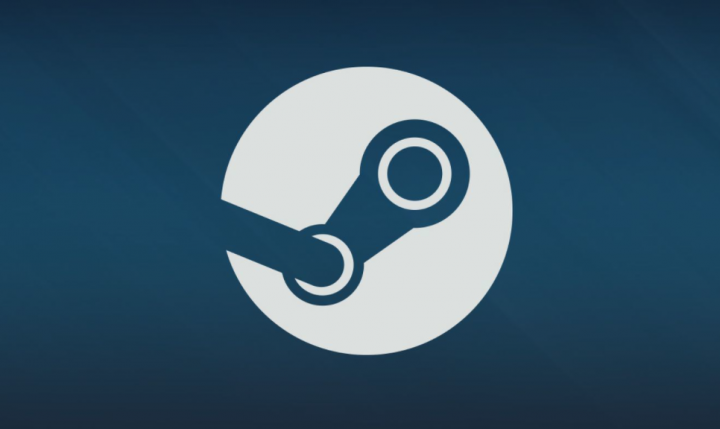
Modern digital game distribution actually makes buying and installing games easier than ever. If you guys play games on a PC, there is a really good chance you are using Steam. With a lot of games needing more and more storage space for all those HD textures and uncompressed audio tracks. Most players don’t have space for each and every game on their hard drives. Additionally, with those attractive Steam sales that are the source of the bulk of our libraries. It’s just easy to amass a huge offering of games. In this article, we are going to talk about How to uninstall a Steam game on Windows 10. Let’s begin!
Steam games can actually be small (a few hundred MB), or they can also be large (several GBs). The great thing about a game that’s been purchased from Steam is that any achievements you earn are backed up online. And you can easily save gameplay via backing up the folder for a game. Additionally, Steam permits users to install a game on any drive. It doesn’t necessarily have to install on the same drive that Steam is install on as well. All this means that you guys can easily manage space on your drives. That said, players, most of the time uninstall games they no longer play or that they’ve completed.
Contents [hide]
How to uninstall a Steam game on Windows 10
There are three different methods that you can use to uninstall a Steam game however, none of these methods include taking a backup of the game. If you guys do not want to lose game progress, back the games up first, and then proceed along with the uninstallation.
Uninstall the game from the Steam client
A Steam game can be uninstalled directly from the Steam client as well. This will apply only to Steam games and not non-Steam games that you guys have added to your Steam library.
- First of all, open the Steam app.
- Head to Library.
- In the column on the left, then look for the game you want to uninstall and right-click it.
- From the context menu, head to Manage>Uninstall.
- The game will be uninstalled, and in most of the cases, its folder will be deleted too.
- Just open File Explorer and navigate to the Steam folder.
- Go to
Steam\steamapps\commonand then delete the folder for the game you guys just uninstalled if it’s still there.
Uninstall from the Settings app
Some Steam games and all non-Steam games can also uninstall from the Settings app on Windows 10.
- Open the Settings app (Win +I keyboard shortcut) actually.
- Head to the Apps.
- Now look for the game you want to uninstall and choose it.
- Tap on the Uninstall button.
- When the game has been uninstalled, you have to manually delete its folder from the Steam Library folder as well.
Uninstall the game from Control Panel
This will basically work for some Steam games and all non-Steam games along with the exception of games installed from the Microsoft Store. The Control Panel may also remove completely in the Fall 2020 update of Windows 10. In which case this method will be obsolete as well.
- First of all, you have to open File Explorer.
- Paste the following in the location bar, and tap Enter.
Control Panel\Programs\Programs and Features
- Just head through the list of apps, and find the game you want to remove.
- Choose the game, and tap on the Uninstall button.
- When uninstalled, check your Steam folder and your Steam Library folder for residual folders left via the game, and delete them.
Keep in mind that after you officially delete the folder, that corresponding game will be gone. Your saved items and progress will all be lost, so just make sure you actually want to delete the game. If you guys decide that you’d like to play the game again after removing it. Then you’ll have to install it again. Your new game will default back to its original settings as well.
Steam also likes to leave a backdoor, though, for players who delete games from their computer. The program permits gamers in order to access configuration and saved files on your device in case you do eventually decide in order to reinstall the game. In order to fully remove these files, too, you can also navigate to the Saved Games folder. The Documents folder, or also the AppData folder under C: Users[YourUsername].
Conclusion
Alright, That was all Folks! I hope you guys like this article and also find it helpful to you. Give us your feedback on it. Also if you guys have further queries and issues related to this article. Then let us know in the comments section below. We will get back to you shortly.
Have a Great Day!






